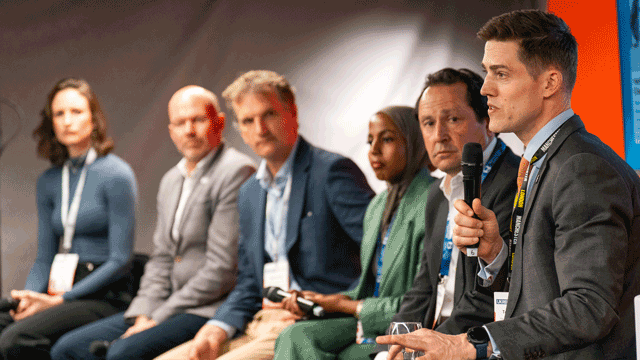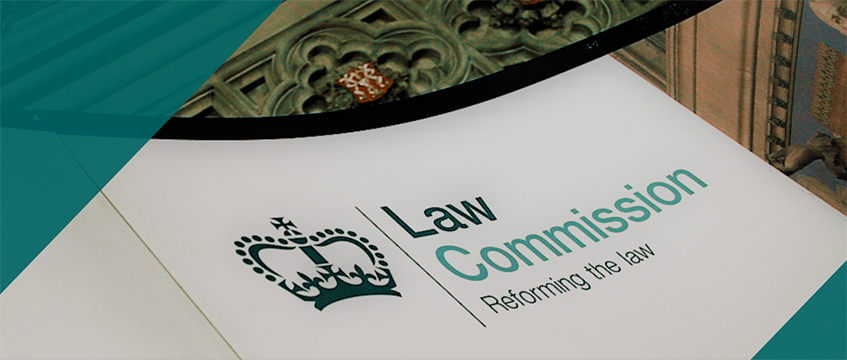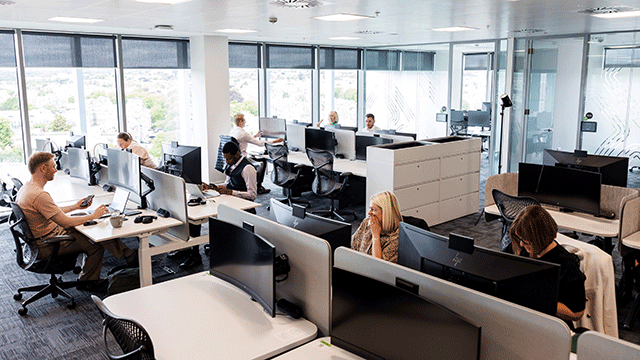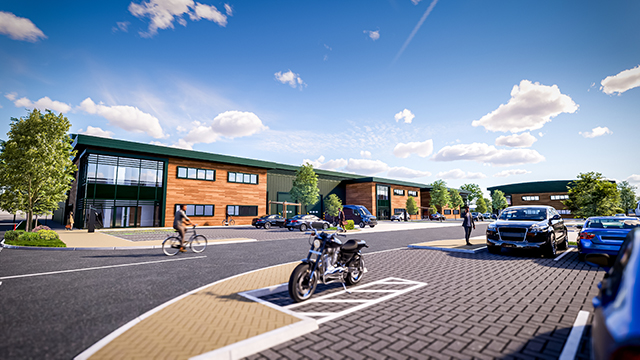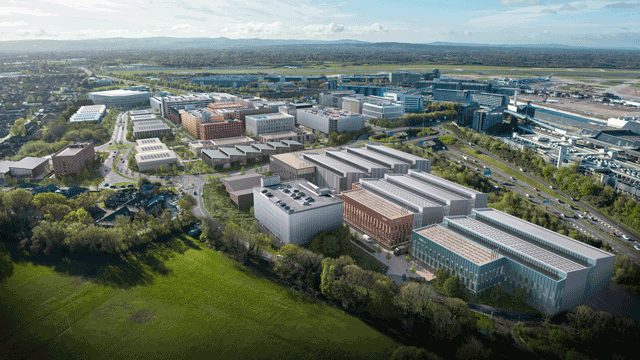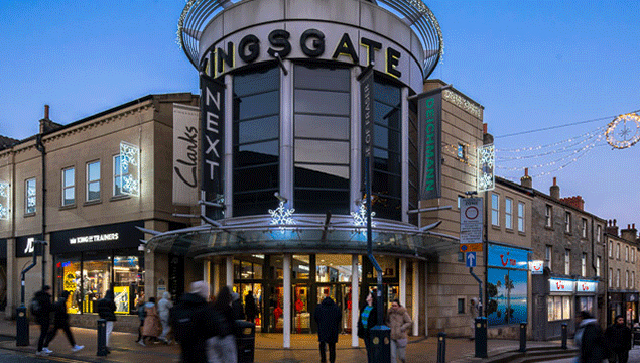The built environment has a huge role to play in mental wellbeing – from the more than one million people who are directly employed in the UK real estate sector to every single one of us that occupies a place or space. EG spoke to three experts to find exactly what that role could and should be
There’s a big statistic that is used widely when talking about mental health in the UK: that one in four of us will experience a mental health problem each year. It is a powerful statistic, but not entirely true.
The truth is that every single one of us will experience some sort of mental ill health. Some of us, however, will just fail to recognise it, or be too afraid to call it by its real name.
But what does any of this matter to the reader of a real estate publication? Well, it matters to this industry more than any other.
Why? Because the built environment is not only a sector that employs millions of people who need to be able to function well and productively to deliver the service it promises, but it is also a sector that creates places and spaces for everyone to work, live and play in. Places that should and do impact on the mental health and wellbeing of every single one of those people.
However, acknowledging that mental health and wellbeing has a role to play in business and the built environment is one thing; knowing how to cut through all the noise surrounding the mental health in the workplace agenda at the moment is another.
See also: EG’s Mental Health Hub >>
Able to open up
EG gathered three mental health experts to find out more about the importance of mental health awareness in the industry and what the sector needs to be doing so that every single one of us who does experience a mental ill health episode is able to talk about it as freely as when every single one of us experiences a physical health episode.
“It’s about how to embed a mental health strategy within your workplace… It is not as simple as saying, ‘Yep, we have a mentally healthy workplace and this is what we want to do.’ It’s a very, very big piece and companies need to work on it,” says Zoe Sinclair, founder of Employees Matter and This Can Happen. “This is not an easy topic to address and we have to face up to that. It’s not ‘alright, come on, let’s put a mental health strategy in place, it is all going to be very easy’. It’s not.”
She adds: “It’s about the whole concept of changing the culture of the workplace, which is a huge project that doesn’t happen overnight.”
For Henrietta Frater, HSE and wellbeing manager at the Crown Estate, leadership is key in changing that culture, and enabling people to view mental health and wellbeing as a bottom-line issue is vital to ensuring that they buy in to it.
“When you have conversations with senior leaders, it isn’t just about supporting our people [around mental ill health], but also how we can support people to really thrive and really excel,” says Frater.
“There’s been lots of research that’s demonstrated that if people are stressed their communication skills start to be impacted. So if you’ve got people within an organisation who aren’t thinking as well as they could be, aren’t innovating, then they are not as creative as they could be because they are under stress, because their mental health is affected, it affects everything to do with that organisation.”
She adds: “Everything that we do is affected by how we think and how we feel. How motivated we are, how valued and connected we feel to an organisation is demonstrated to have an impact on the success of the organisation because it’s all about all of our collective output. So, once you get that leadership buy-in on a senior level, they want to give it time and they want to prioritise it and they want to make sure that people in the organisation are empowered to talk about it.”
It’s about how to embed a mental health strategy within your workplace… It is not as simple as saying, ‘Yep, we have a mentally healthy workplace and this is what we want to do.’ It’s a very, very big piece and companies need to work on it
– Zoe Sinclair | Employees Matter and This Can Happen
From the top down
Mental health coach Sylvia Bruce is also convinced that for companies to truly understand the impact of mental health on their workforce, there needs to be top down buy-in. And she believes this should be a specific role within a business.
“It does depend on the commitment of the organisation as to whether they have a standalone group that drives mental health forward or whether they wrap it into employee networks,” says Bruce. “With the latter, you are relying on the goodwill, wellbeing and passion of individual employees to do that as an end of the desk job alongside the day job, which in itself paradoxically can cause an additional amount of stress and pressure. If it’s that important [to a business] then have a separate team rather than requiring people to do it alongside the day job.”
And what about the day job? This industry is engaged in the creation of places and space for people to live, work and play in – the creation of buildings, inside of which we increasingly spend much of our time. What role does the built environment have to play in creating mental health and wellbeing among the populous?
Sinclair says it has a huge role. “Only one piece of the mental health issue is about conversations between people and training,” she says. “The other piece is all about buildings and infrastructure. We’re in an age where environment is playing such a huge role in the way that we work and play. We cannot deny the importance of that in the whole mental health thing.”
Frater agrees and says the huge role is also a huge opportunity. “We’ve got a huge opportunity in real estate to have huge impact,” she says. “The environment is so critical.”
She adds: “One of our big focuses is around connection. How many opportunities can we take to create spaces where we’re going to enhance or encourage people to connect? Having a sense of community and placemaking is so critical because if people feel connected to other people it really boosts mental health.
“Sometimes when we’re building I think we think about building for us, or carbon copies of us, and we don’t think about the whole spectrum of people in this community, and that’s so critical. It’s critical that we take the full opportunity to design with people in mind – people-centric design.”
If designing for mental health and creating working environments that enable people to thrive at the same time as fostering a sense of safety to talk about mental ill health without the threat of stigma is so critical, what can employers and the built environment as a whole do to deliver?
This Can Happen’s Sinclair says small steps will lead to big changes – in time. “There is a lot of noise out there at the moment on mental wellbeing in the workplace,” she says, “and it is absolutely fine – and the right thing to do – to take one small step at a time. Don’t try to do everything. Don’t feel or think that you can achieve everything overnight, because it’s a cultural shift that will take time.”
And for Frater, the best thing to start doing is to start talking about it. “If we’re not having the conversation about mental health,” she warns, “then we’re really missing something that’s a critical business issue.”




